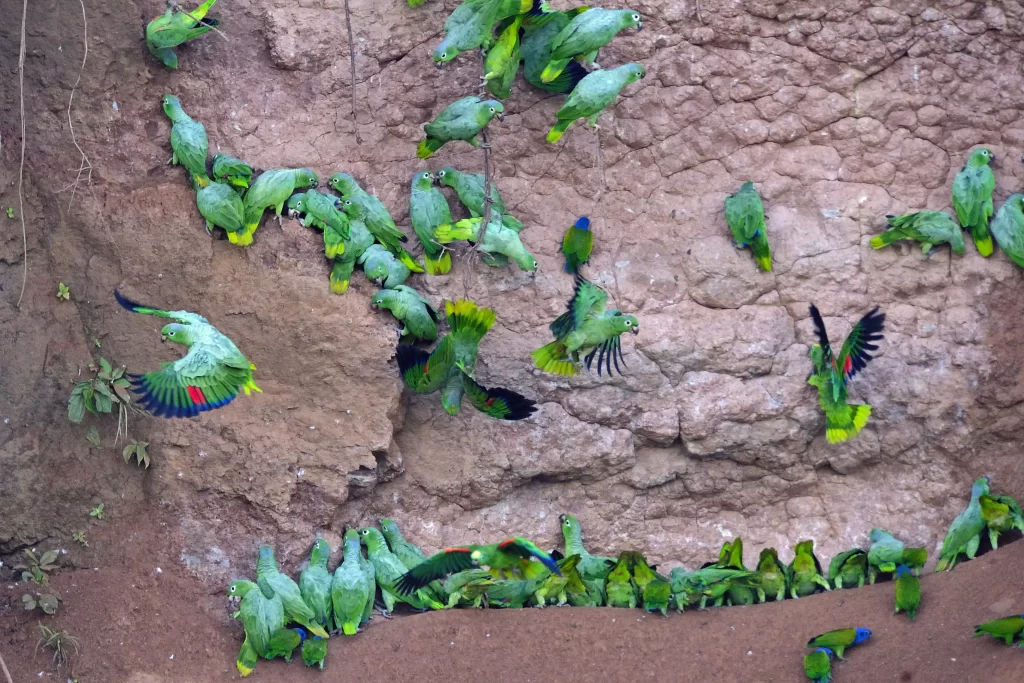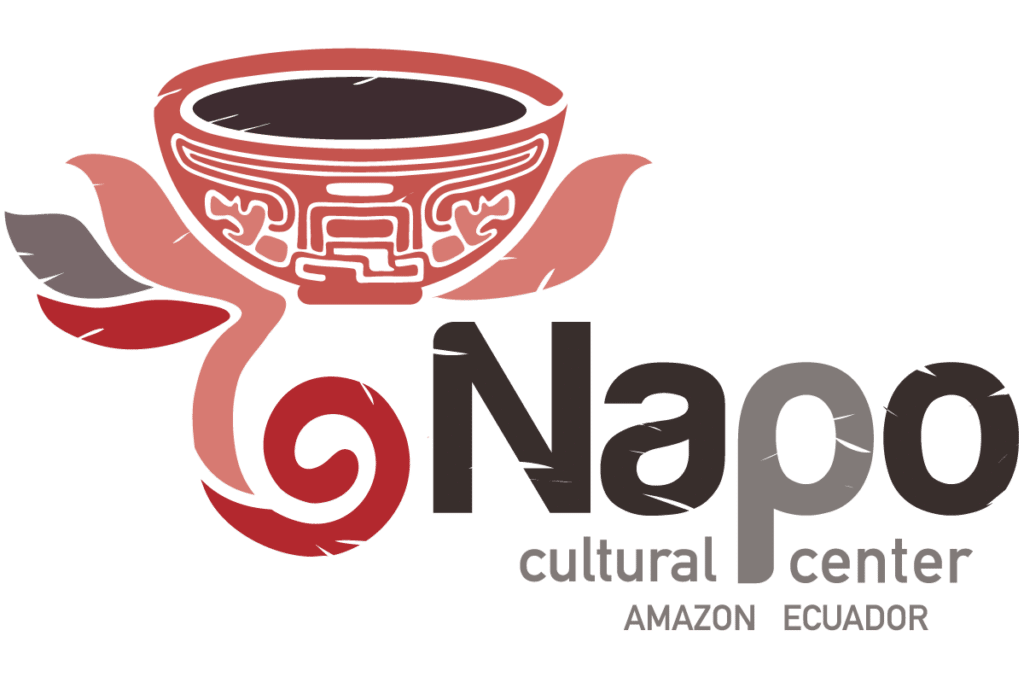As you explore the lush swaths of rainforest around the Napo Cultural Center, you will encounter one of the Amazon’s most fascinating natural phenomena – the clay licks. These sites draw hundreds of colorful parrots, creating an unparalleled spectacle for both avid and novice birdwatchers. But why do these parrots flock to the clay licks?

The Importance of Clay Licks
The clay licks found throughout the Ecuadorian Amazon play a crucial role in the health and nutrition of tropical birds. While ecologists continue to study the precise reasons, there are several widely accepted hypotheses.
Balancing the Acidic Diet
Parrots in the rainforest primarily consume fruit, which is naturally high in acidity. This acidity is further increased by fungi affecting the fruit. If left unbalanced, the high acidity could weaken the birds’ immune systems and impair liver function. The clay licks offer a natural remedy, as the clay has a higher pH, neutralizing the acids much like antacid tablets do for humans.
Supplementing Minerals and Warding Off Parasites
Ingesting clay provides essential vitamins and nutrients, such as magnesium and salt, that the parrots might not get from their regular diet. Additionally, clay consumption is believed to help prevent toxins, parasites, and pathogens from affecting the birds’ health.
Experiencing the Clay Licks at Napo Cultural Center
Visitors to the Napo Cultural Center can witness this fascinating natural event up close. The center’s proximity to one of the most impressive parrot licks in the Amazon, near the Yasuni National Park, offers an exceptional opportunity for birdwatching.
Early Morning Visits
A short canoe trip down the Napo River takes visitors to the clay lick site. The best time to visit is in the early morning, especially when conditions are sunny and dry. During these times, hundreds of parrots flock to the clay licks, providing a mesmerizing display of color and activity.
Observation from the Kapok Tower
Another excellent way to immerse yourself in the avian world of the Amazon is by climbing the 135-foot (43-meter) Kapok Observation Tower. This tower ascends into the canopy, offering a bird’s-eye view of the rainforest and its inhabitants. From here, you can observe the diverse birdlife that thrives in this vibrant ecosystem.
Parrot Species You Can Expect to See
The Yasuni National Park alone is home to nearly 600 bird species. Here are five parrot species commonly spotted at the Napo clay lick:
Mealy Amazon Parrot (Amazona farinosa)
Known for its size and green plumage, the Mealy Amazon Parrot is a frequent visitor to the clay licks. These birds are social and often seen in large flocks.
Blue-headed Parrot (Pionus menstruus)
With its striking blue head and green body, the Blue-headed Parrot adds a splash of color to the clay licks. These parrots are relatively easy to spot and identify.
Yellow-crowned Amazon Parrot (Amazona ochrocephala)
This species is distinguished by the bright yellow crown on its head. The Yellow-crowned Amazon Parrot is known for its loud calls and vibrant presence at the clay licks.
White-eyed Parakeet (Psittacara leucophthalmus)
These parakeets are characterized by their distinctive white eye-rings. They are smaller than the Amazon parrots but equally fascinating to observe.
Dusky-headed Parakeet (Aratinga weddellii)
With their subtle coloration, Dusky-headed Parakeets blend into the green foliage but can be seen in groups at the clay licks, adding to the diversity of species.
Conclusion
The clay licks of the Amazon rainforest are a testament to the intricate balance of nature and the interdependence of species within this ecosystem. At the Napo Cultural Center, visitors can witness this remarkable natural phenomenon and gain a deeper understanding of the ecological dynamics at play. Whether observing from the riverbank or the heights of the Kapok Tower, the experience of seeing these vibrant parrots in their natural habitat is truly unforgettable.




